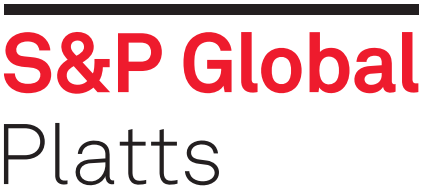
German July crude steel production marked the seventh consecutive month
of decline by dropping 5.3% on the year to 3.2 million mt, German steel
federation WV Stahl said Wednesday.
January-July output was down 5.1% on year to 29.94 million mt.
July’s production was dragged down by a drop in blast furnace output. Steel produced via blast furnaces fell 6.6% on year to 2.34 million mt. Over January-July it shrank 4.8% to 16.8 million mt.
Last month, production from electric arc furnaces fell 1.3% to 872,000 mt and in January-July it fell 5.9% to 7.15 million mt.
In July, German pig iron production decreased 6.2% on year to 2.17 million mt, and January-July it was down 4.4% at 15.5 million mt.
Market sources said production as a whole was lower because of the downturn in global growth, affecting German exports, as well as lower domestic demand, with mills cutting output and extending summer shutdowns.
The German economic slowdown was also underlined by the latest Markit flash composite Purchasing Managers’ Index, which tracks the manufacturing and services sectors that together account for more than two-thirds of the economy. It edged up to 51.4 from 50.9 the previous month, but still pointed to one of the weakest performances over the past six years.
According to the index, total inflows of new business fell for the third time in four months in August. Furthermore, with intakes of new work at service providers rising only modestly and at the weakest rate in seven months, and manufacturing order books falling the most since April, the overall rate of decline was the fastest since April 2013. External demand remained particularly weak, with new orders from abroad falling across both monitored sectors.
Concern about demand was one of several factors — heightened uncertainty, weakness in the car industry and geopolitical tensions — behind the fall in business confidence in August. For the first time in almost five years, the number of firms expecting output to fall over the next 12 months exceeded those predicting a rise, with sentiment the most negative overall since November 2012.
— Annalisa Villa




